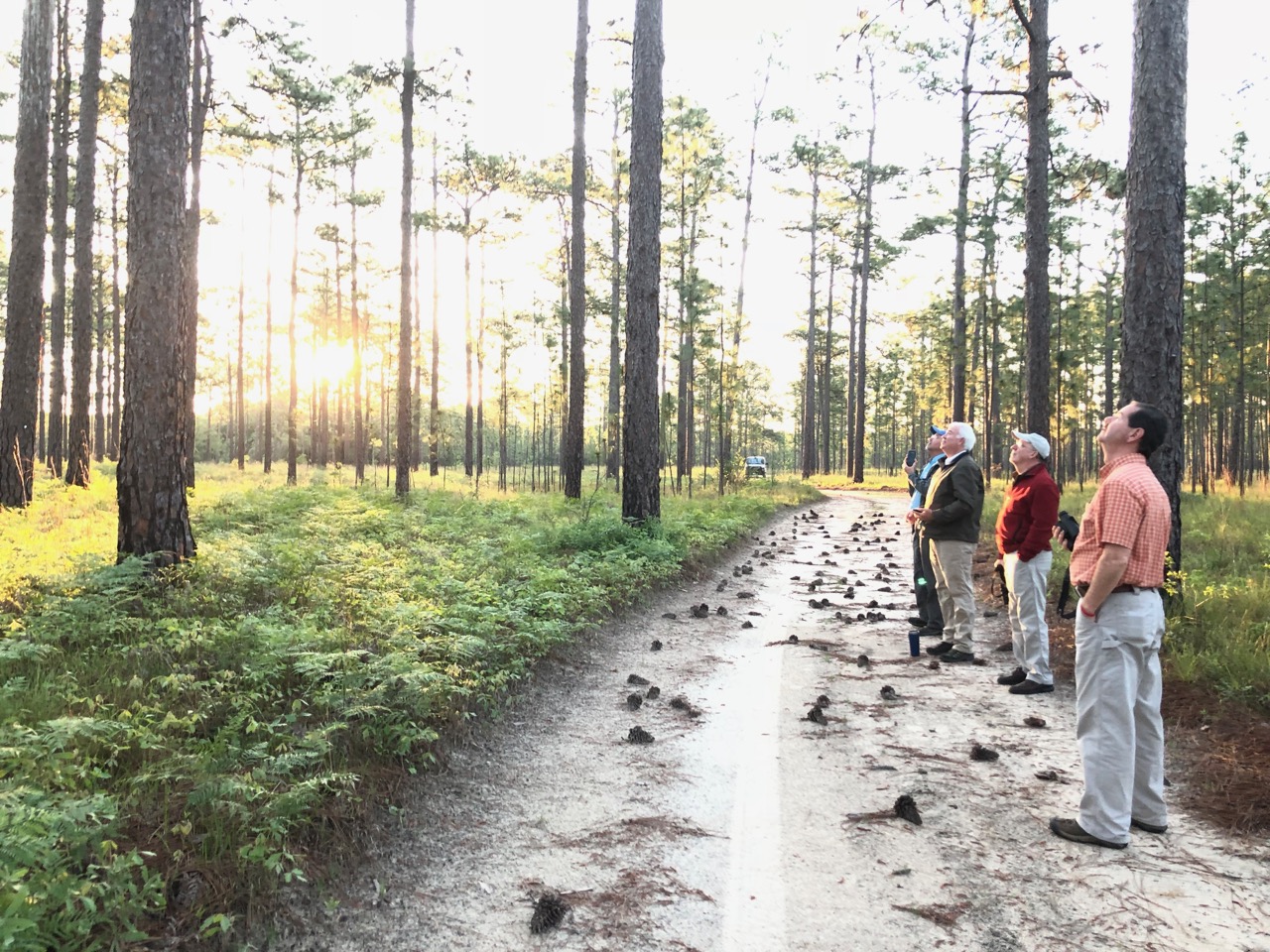FLA Protecting Your Property Rights With Comments on USFWS Experimental Populations Proposed Rule
UPDATE: On July 3, 2023, the U.S. Fish and Wildlife Service released the finalized rule on experimental populations. The final rule revises the regulations concerning experimental populations of endangered and threatened species under the Endangered Species Act by allowing for the introduction of populations into habitats outside of their historical range.
The Service did little to address the concerns stated in our comments, although they did add language that the Secretary will consider any adverse effects that may result to the ecosystem from the experimental population being established. The Service did not provide specific criteria for determining when the establishment of an experimental population would be necessary and determining where the experimental population would be established. The Service also did not explain what landowner consultation ahead of species introduction would entail but did acknowledge that landowner consultation is important and necessary.
The Endangered Species Act (ESA) currently allows the U.S. Fish and Wildlife Service to reintroduce populations of listed species outside their occupied range to further conservation. These experimental populations are treated as “threatened”, meaning the Service can implement species-specific rules on prohibited activities under ESA Section 4(d).
Currently, the Service limits these introductions in most cases to the “probable historical range” of the species. In June, the agency proposed to drop this range limitation to adapt to the effects of climate change and other threats.
FLA stands firm for common-sense conservation of wildlife, but not at the undue expense of the landowner. While FLA understands that a changing climate presents growing risks to species and their habitat, we believe the regulatory uncertainty for landowners and possible unintended consequences of this proposed rule as written outweigh the potential conservation benefits. FLA submitted comments cautioning against the unintended consequences of this proposed rule, as well as providing suggestions for how to improve the rule should it become final.
Regulatory Uncertainty – Landowners who manage their forests for timber understand that there is an inherent risk of regulation associated with listed wildlife species. Many landowners currently manage their forests according to existing 4(d) rules for threatened species on their property or have management plans that account for native at-risk and listed species that they may encounter in the future.
This Proposed Rule removes the regulatory boundaries keeping the Service from establishing experimental populations outside of their historical range, opening the door for potential misuse and taking away all predictability for landowners who anticipate certain at-risk or listed species on or near their property.
Need for Sound Science – The Proposed Rule as written does not fully specify the circumstances and conditions that should be met to warrant the introduction of an experimental population outside of their historic range, nor does the rule outline the data that will be used to reach the conclusion that habitat within the historic range is no longer suitable for the species. Similarly, the Proposed Rule does not outline any guidelines or procedures to determine potential ecosystem impacts that may result from the introduction of a non-native species.
The Service must rely on sound science and transparency for all species decisions, but especially decisions that may impact the environmental and economic success of private forestland.
Unintended Consequences – In addition to possible unintended impacts on local ecosystems and economics, the Proposed Rule may have a further negative effect on collaborative conservation. In recent years, FLA and the forestry community have worked to bring diverse stakeholders together to forge a new path forward in species conservation – one marked by open communication, transparency, and trust.
Creating more regulatory uncertainty for private forest landowners will be a step backward from the progress made in recent years between private landowners and the Service, and will discourage voluntary, collaborative conservation on private lands.
Possible Solutions – Should this Proposed Rule become final, FLA outlined several suggestions for improvement to protect the private property rights and economic viability of forest landowners.
- Outline the criteria and data that will be used to warrant the introduction of an experimental population outside of its historic range and how the Service will determine the environmental impacts of non-native species
- Provide a framework for consultation with private forest landowners that may be impacted by experimental population introductions
- Reduce regulatory risk to landowners by providing streamlined “zero-baseline” Safe Harbor Agreements and ensuring all 4(d) rules associated with experimental populations include exceptions for forestry Best Management Practices.
You can read FLA’s full comments on this proposed rule here.
